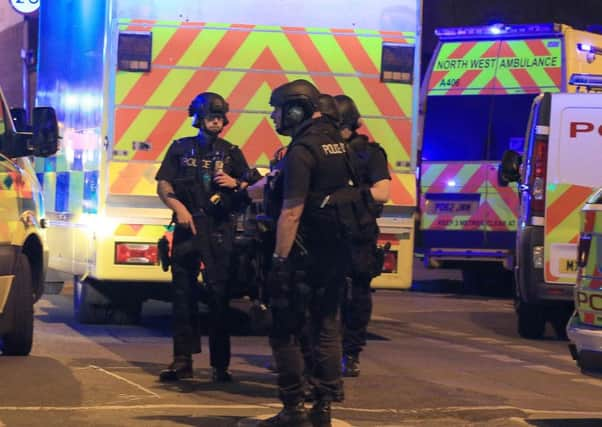What does a critical terror threat level mean?


What does that mean?
That authorities believe an attack may be “imminent”.
Is this an unusual step?
Yes - though not unprecedented. It is the first time the assessment has been placed at the highest level for a decade.
It has only been at critical twice in nearly 11 years, in August 2006 and June 2007. On both occasions the assessment was lowered after a few days.
At what level had it been prior to this announcement?
Advertisement
Hide AdAdvertisement
Hide AdSevere - the second highest - which indicates an attack was deemed to be “highly likely”.
How long had the threat level been at severe before this change?
Nearly three years - it was raised from substantial in August 2014 after the rise of Islamic State.
How has the threat changed over the years?
The level was first made public in 2006. Since then, it has most often been at severe, and not been lower than substantial (an attack is a strong possibility).
How many levels are there?
Five. The other two levels are moderate (an attack is possible but not likely), and low (an attack is unlikely).
Who decides the threat level?
An organisation called the Joint Terrorism Analysis Centre. It was established in June 2003 and is based at MI5’s London headquarters.
JTAC comprises representatives from 16 government departments and agencies.
How is a judgment reached on the threat level?
A number of factors may be taken into account, including available intelligence, terrorist capability, terrorist intentions and timescale.